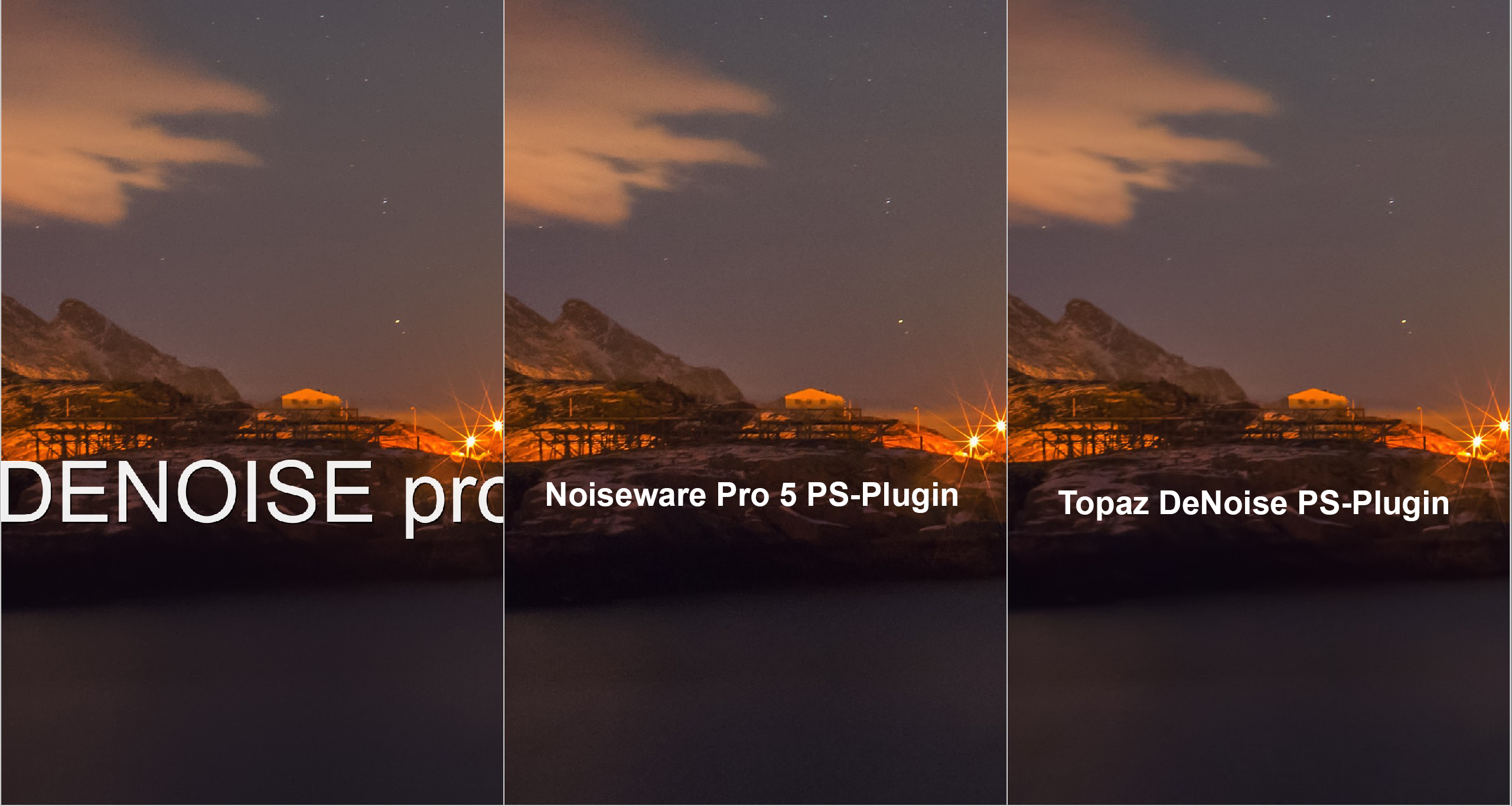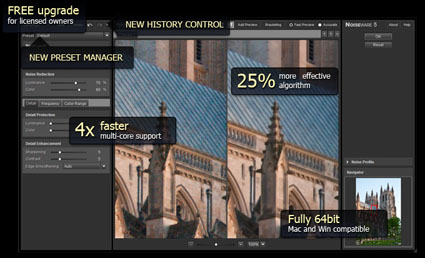

- NOISEWARE VS. NEAT IMAGE FULL
- NOISEWARE VS. NEAT IMAGE SOFTWARE
- NOISEWARE VS. NEAT IMAGE TRIAL
- NOISEWARE VS. NEAT IMAGE ISO
They tend to be more conspicuous in the shadows, and brightening the photo in post-processing can make noise more prominent. Noise is usually random but can also occur as patterns in the image. Otherwise, noise reduction should be made in post-processing because noise diminishes the overall quality of the image. Here is stacking versus raw with added contrast: Stacking vs.

Averaging the three images does produce a marginally smoother image, as seen above.
NOISEWARE VS. NEAT IMAGE ISO
To keep it less noticeable, maintain ISO at a native level. Let’s get to the actual noise comparison. A high ISO will make noise more noticeable. This is why ISO is so often associated with noise. However, the darker the image, the less detail you will capture, making noise more apparent. It appears as tiny pixels of color or light and can make an image look grainy.Īll images have some level of noise.
NOISEWARE VS. NEAT IMAGE TRIAL
You can download trial versions of either Neat Image, Noise Ninja or Noiseware and try it out for yourself.Digital noise basically refers to incorrect pixelation that can reduce detail in an image. You can tweak a number of parameters that specify how much of the noise must be filtered out. In the second step, the image is filtered using the profile that was calculated in the first step. The profile describes how the noise "looks" in that particular image. The way it works is this: first it analyzes (part of) the image to determine the frequency profile of the noise in the luminosity (L) and colour channels (a and b). ABSoft's Neat Image, Visual Infinity's Grain Surgery, PictureCode's Noise Ninja, and Imagenomic's Noiseware Professional all provide industrialstrength. I don't know how PS Elements 3.0's noise reduction works, but I bet it doesn't work with the same kind of algorithms in the well-known noise reduction packages.
NOISEWARE VS. NEAT IMAGE SOFTWARE
The special noise reduction software packages like Neat Image, Noise Ninja and Noiseware can do amazing things. not so with neat image, which delivers a sharper image. with noiseware ('portrait' preset) the picture looks mushy (see the eyes) and details are lost as well (see eyebrow). I have downloaded both these programs trial stand alone package and Im using them to try to reduce noise from images shot with a D200, 20mm f/2. 1600 on my Drebel) that was underexposed, and after I increased the exposure in my RAW converter, the color noise is EXTREMELY evident. in my opinion neat image (with 'filter and sharpen' preset) works much better in filtering out the noise. If i have a RAW photo with high ISO (say. Canon EF 400mm f/5.6 L USM, Canon EOS 5D mark II, Cinnyris lotenius, Imagenomic Noiseware, Lotens Sunbird, Neat Image, Nik Dfine, NoiseNinja 3 Comments. NeatImage: Slow but seems to produce smoother result NoiseWare: Fast & Preserve most details However, Helicon & NoiseWare must be paid to gain batch processing while NeatImage trial will limit number of photo in a batch. Otherwise, you'll wind up with plastic-like images or ugly filtering artifacts that are worse than the original noise.
NOISEWARE VS. NEAT IMAGE FULL
Use them wisely (not turned up to full "power"). That said - give one of the noise reduction filters a try - you'll probably be very impressed. I believe all three have free 30 day trial versions, so give all three a try and pick which one you like. All three of those you mention are good and it is just a personal preference. best for reducing the film grain: Noiseware, Noise Ninja, and Neat Image. Shooting RAW doesn't really help very much- at least not with conventional RAW conversion methods. Noiseware is probably a bit better in my book for accurate adjustments. My purpose here was to reduce or soften film grain without destroying the. Bringing up the shadow detail with levels adjustments only allows you to see the noise better. When you underexpose, you just make the entire noise problem worse. The signal is weakest in the darker tones of an image - thus the noise is more apparent. When the noise level (random pixel values) exceeds the signal level (true image data), it is not possible to recover the signal (the image). Severely underexposed, high ISO images look normal - um. Do these filters have the capability of making the picture look normal?


 0 kommentar(er)
0 kommentar(er)
